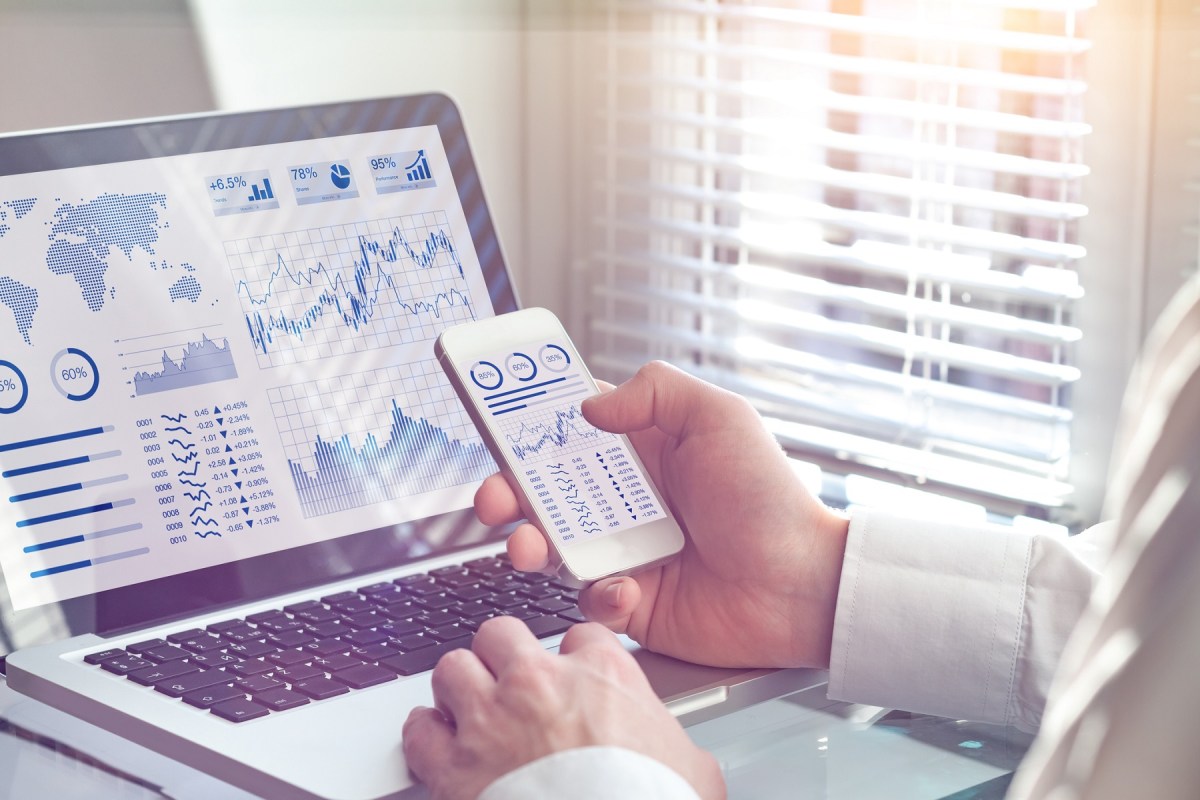Not since the arrival of the internet has a single event had a more profound impact on the retail industry than the pandemic. It has accelerated and altered long-term consumer behaviours, changed the way retailers engage with their customers, and ushered in a new wave of digital transformation and innovation.
Traditional bricks-and-mortar retailers were forced to adapt and embrace ecommerce channels over the short- and medium-term, and now to stand out in a competitive market, they must identify and leverage long-term advantages. Having digitally transformed their businesses, retailers have at their fingertips a vast array of data that could hold the key to long-term success if collected, analysed and utilised effectively.
Gone are the days when effective and meaningful technological transformations were costly and accessible only to the big players in the retail industry. Today, any retailer can access and develop data and insights through Business Intelligence (BI), AI and automation; using it to unify their ecommerce and bricks-and-mortar operations to create a sophisticated omnichannel strategy.
But what is BI and how can it help retailers, big and small, unlock their data and true potential?
What is BI?
BI is the process of collecting and analysing data and turning the insights into business strategies. BI represents one of the greatest competitive advantages a retailer can harness, allowing them to better understand their business technological approach in real-time. According to Gartner research, BI platforms are experiencing significant growth. As this segment continues to evolve, it will offer significant opportunities for retailers.
Agility and adaptability
Agility and adaptability are key for retailers to survive and succeed during lockdowns, reopening and COVID-normal retail. BI platforms provide this, by compiling and analysing data in real-time, which retailers can use to, for example, determine new revenue streams, refocus time or funds and identify operational movements. For example, retailers can use BI to analyse new product sales, better understand their customers’ shopping behaviours and analyse whether ecommerce or in-store is their most effective sales channel.
Crucially, retailers can replace speculation with clarity, as the decisions they make are grounded in data-driven insights. This data allows retailers to understand what strategies are effective for their business and eliminate or re-think those that aren’t working. Retailers are provided with the data visually, making it easier to understand and quickly implement appropriate strategies moving forward. BI enhances retailers’ ability to be agile and adaptable at a time when those traits have never been more important.
Enhance retail offerings
Omnichannel is the future of retail, allowing retailers to provide a comprehensive offering that combines the convenience and effectiveness of ecommerce with meaningful in-store experiences. Through BI, retailers can better monitor tasks, processes and outputs across every channel and use the insights to enhance their offering. BI can easily identify bottlenecks and operation inefficiencies and provide solutions that will assist in boosting performance across the entire business.
Take software such as Zoho’s BI Platform, for example. It is compatible with more than 250 data sources including Shopify, Zendesk, HubSpot, Microsoft, Mailchimp, Stripe and Google, so retailers can collect insights from diverse third-party platforms, both in-store and online. Through it, retailers can analyse data from across their business – from sales and marketing to supply chain data – to determine the best products, channels and strategies to enhance their retail offering. With the Black Friday sales and Christmas shopping rush approaching on the horizon, now is an opportune time.
Forecast future activity
Being able to forecast the future, based on historical trends, can help retailers tackle challenges and seize opportunities. Retailers can utilise BI to understand their past trends and forecast for future activity. Retailers can adapt to changing consumer behaviours, identify risks and opportunities at play. For example, seasonal retailers can use BI to determine when their peaks and troughs might begin, the products that will be most popular, whether to focus on customer retention or acquisition and whether extra temporary staff will be needed in their store or warehouse.
Due to the unprecedented nature of the pandemic, retailers spent much of the last 18 months seeking short term solutions. With a Government roadmap now laying out the timeline for recovery and reopening, retailers can now begin to think slightly more long-term. So if you’re a retailer and you’re unsure when to shift from winter to summer ranges or when to roster more staff during peak shopping rushes, BI can guide you.
Omnichannel has long been heralded as the future for savvy retailers. By using BI as the data-driven link between ecommerce and bricks-and-mortar, retailers can truly unify both approaches and create the insights to drive their business forward in the new era of retail.
Vijay Sundaram is chief strategy officer at global technology platform Zoho.

